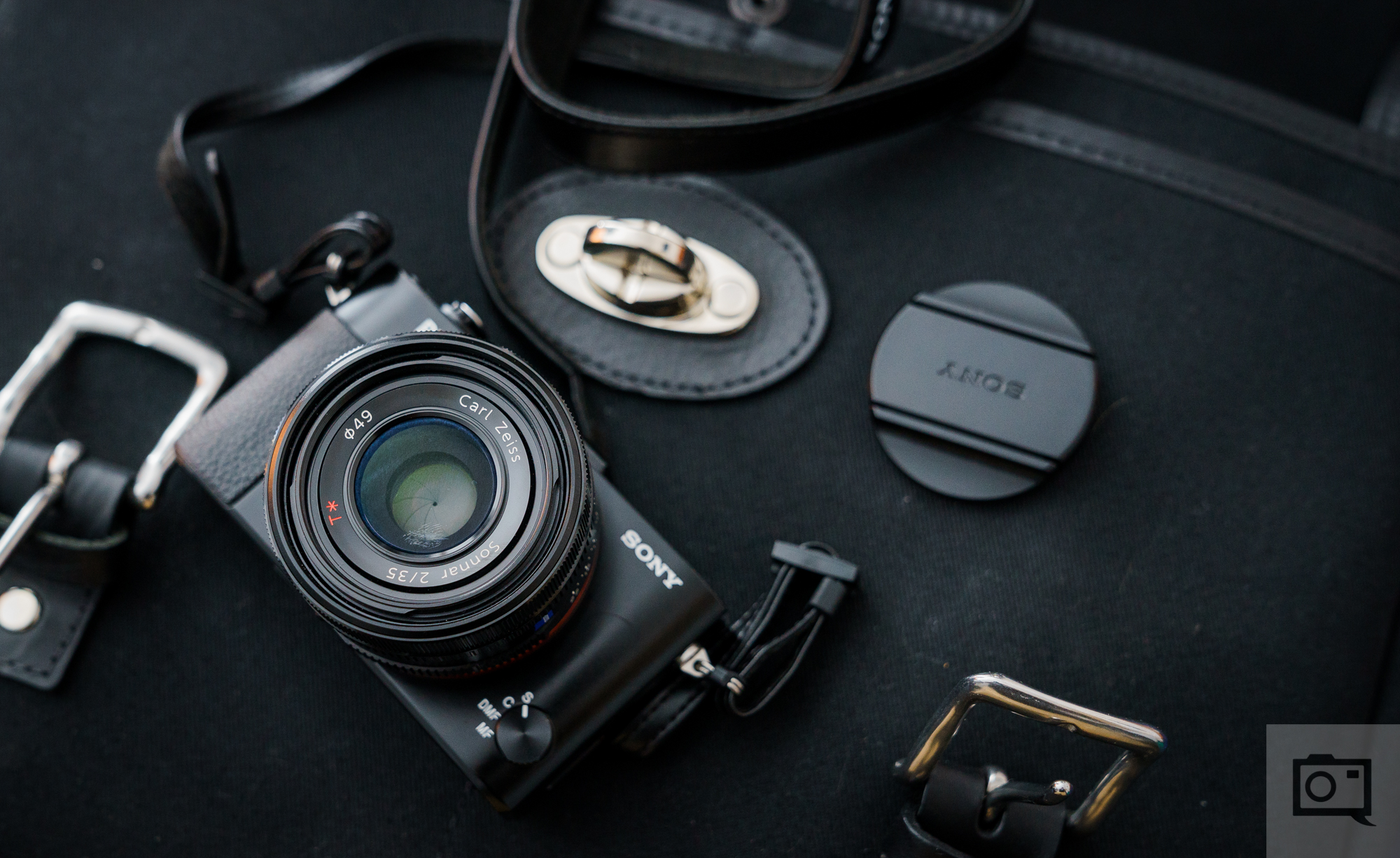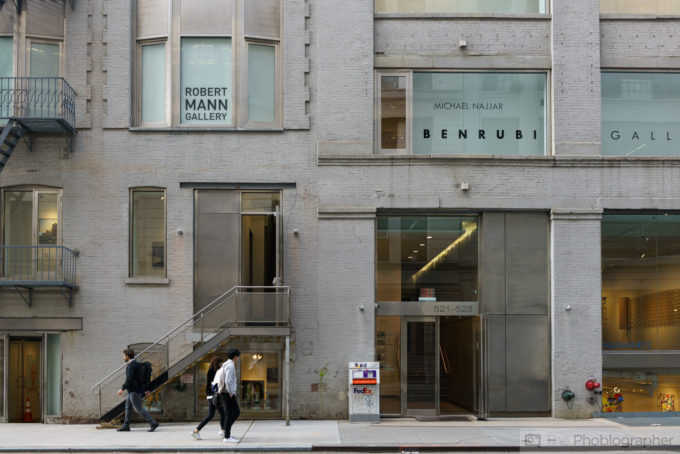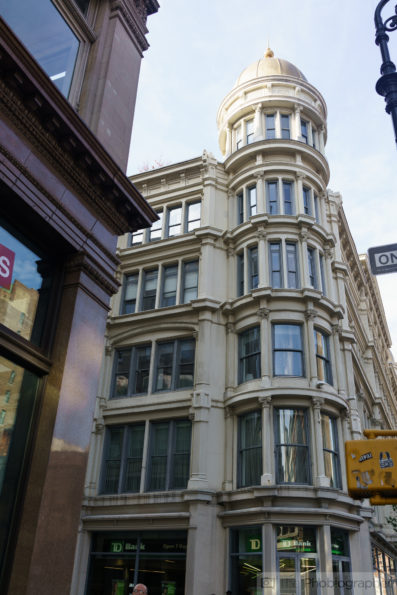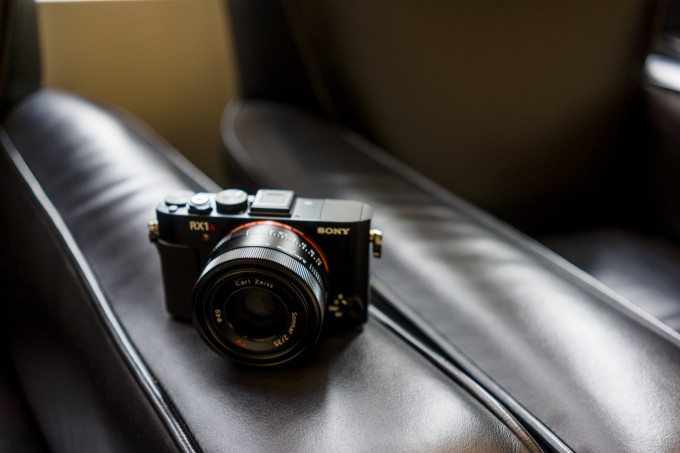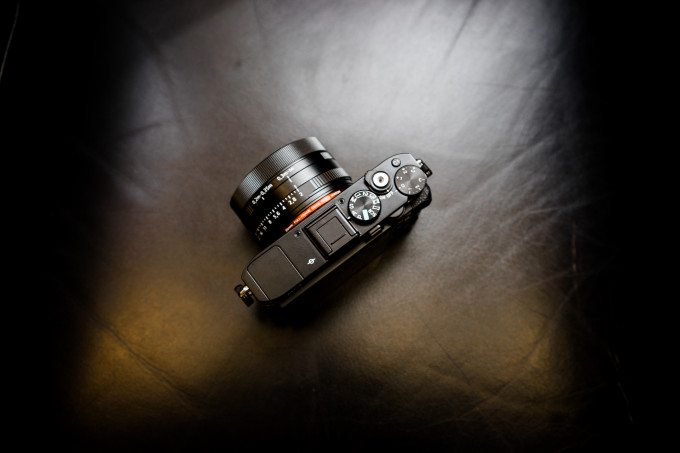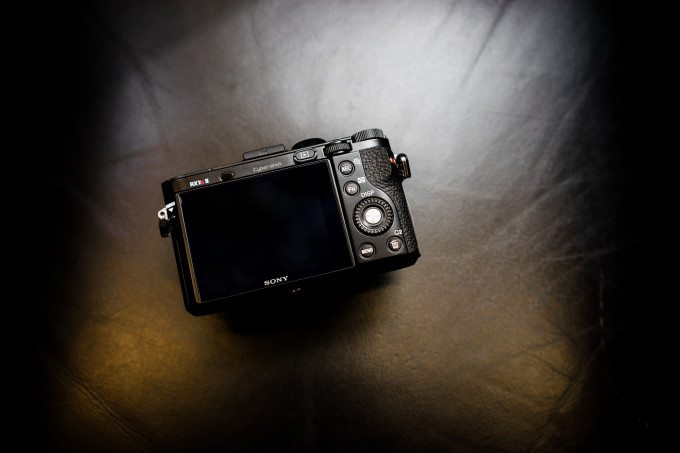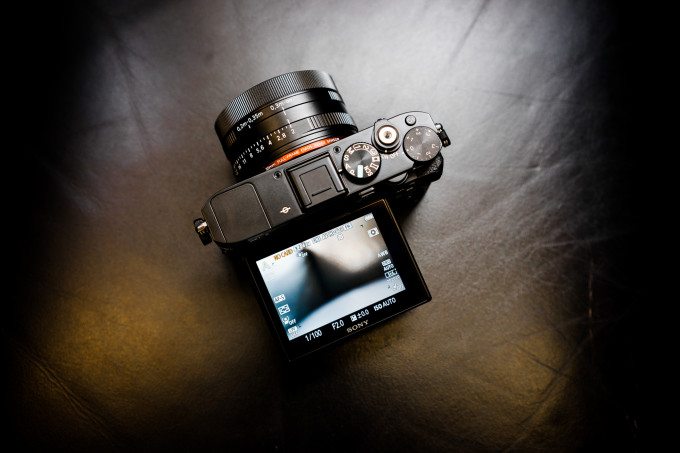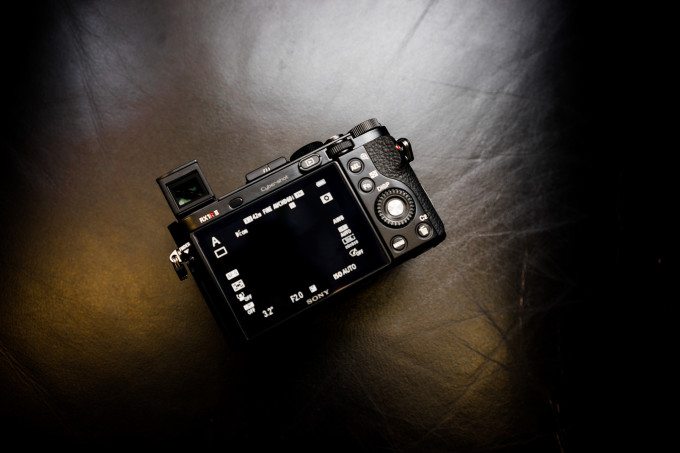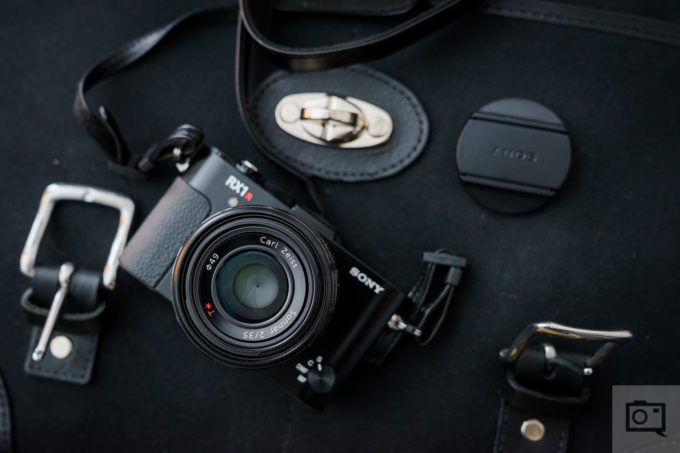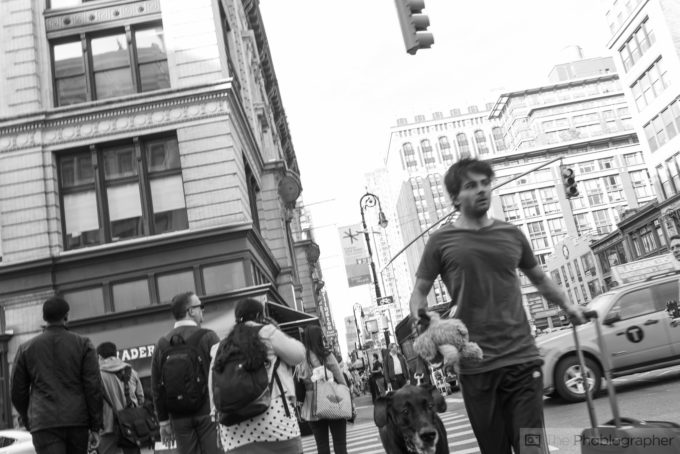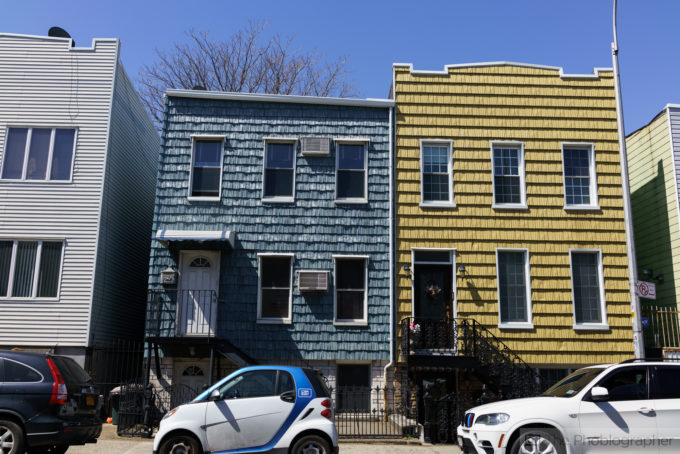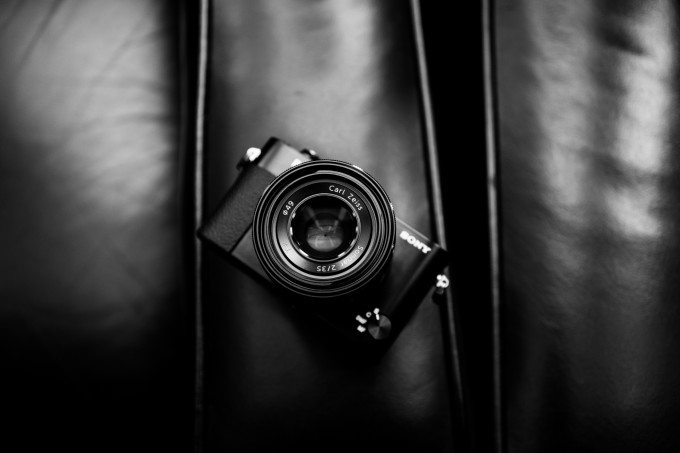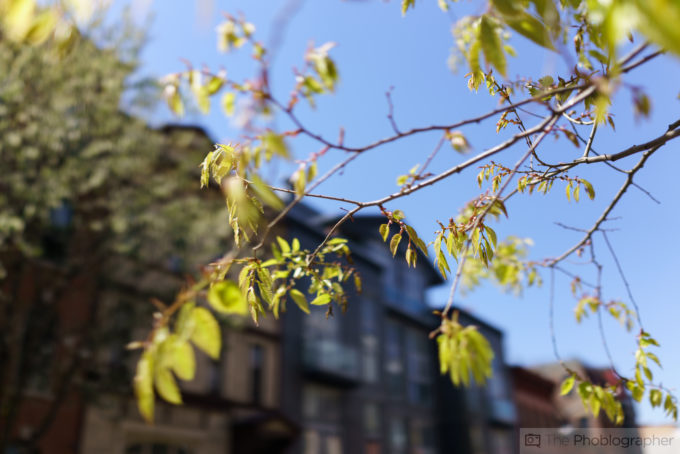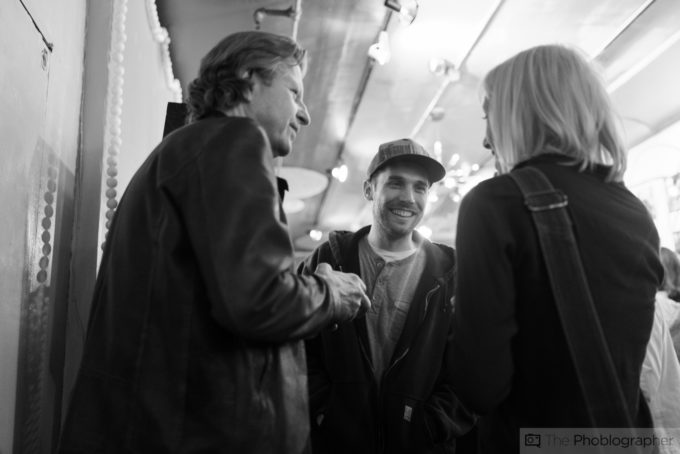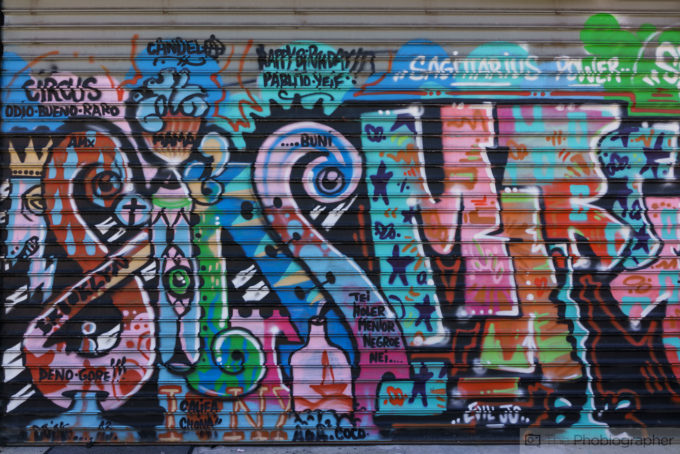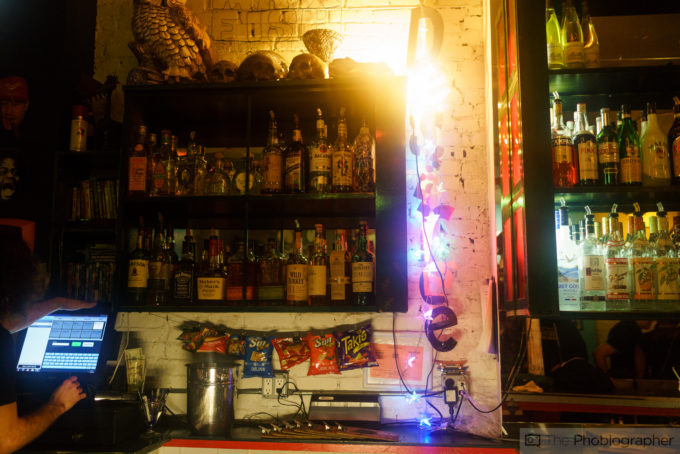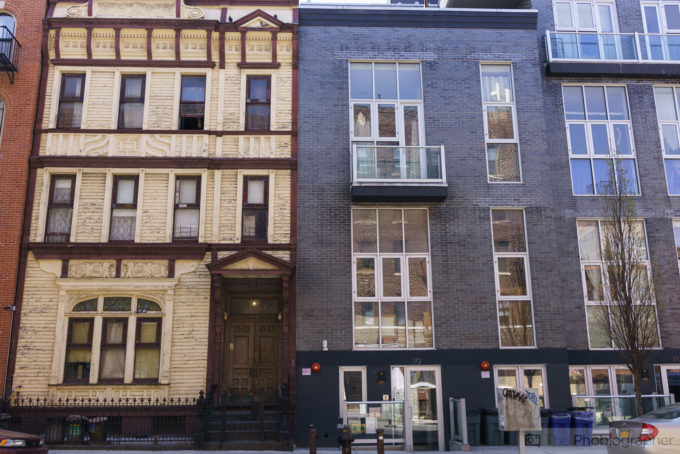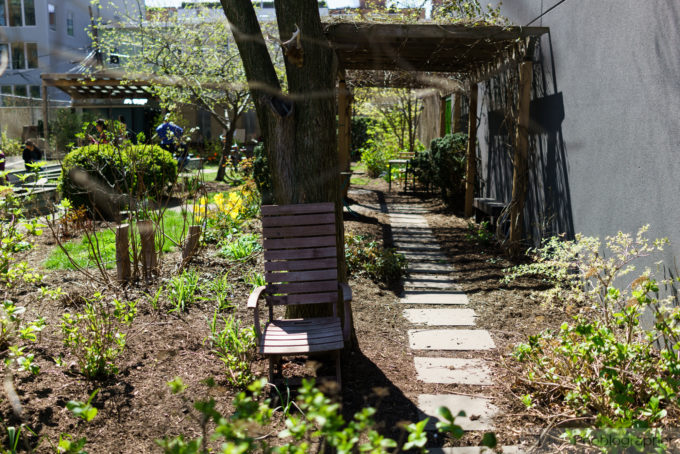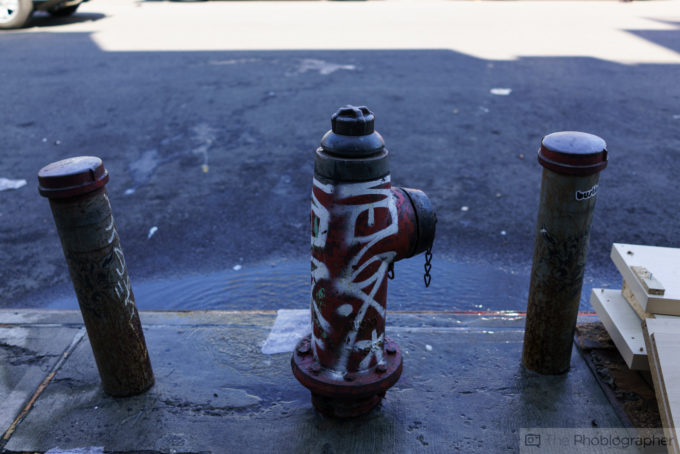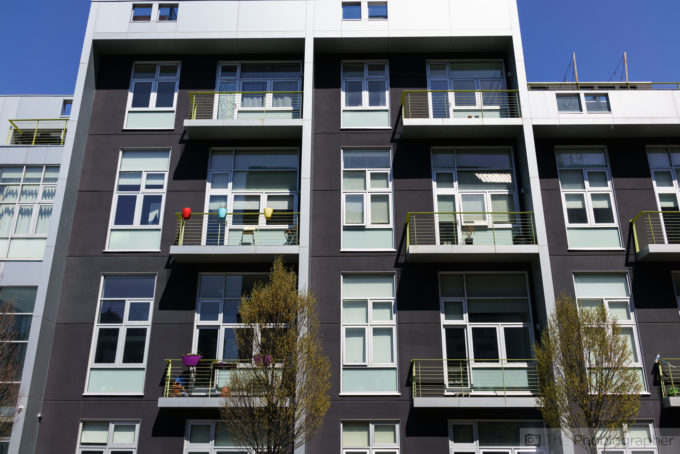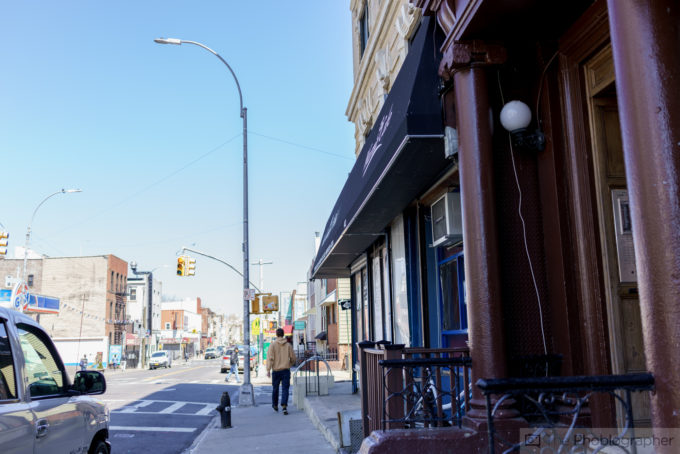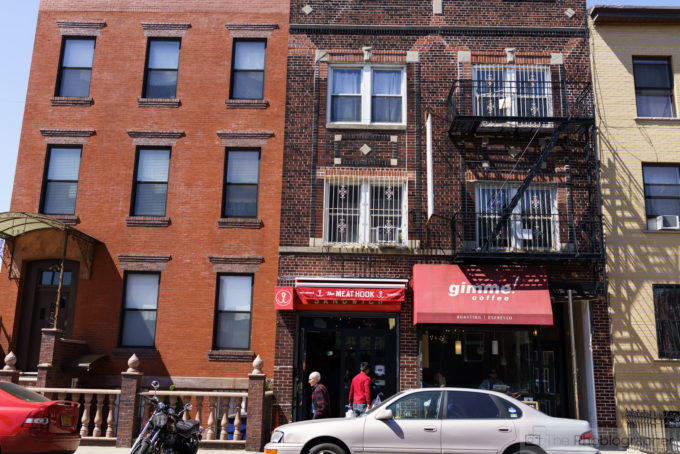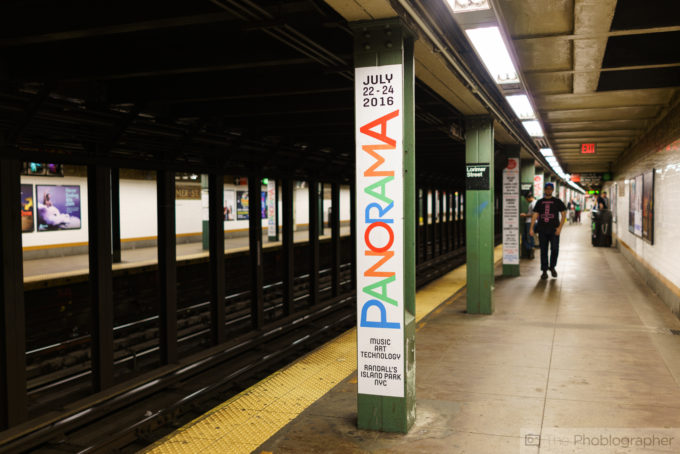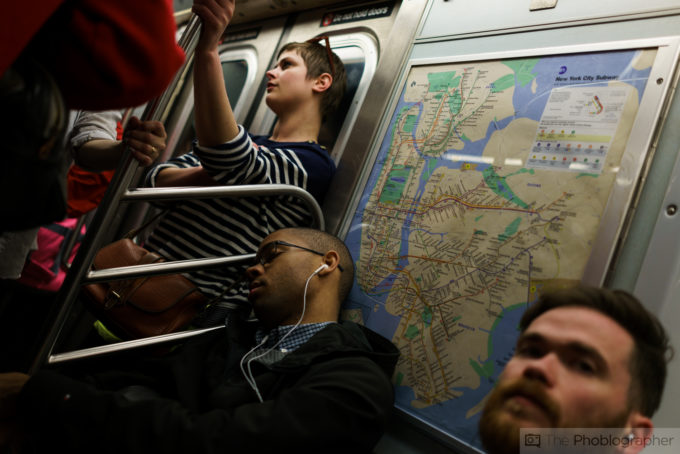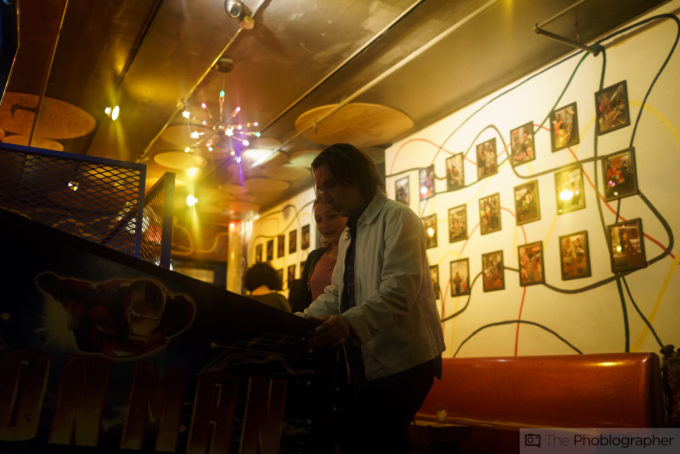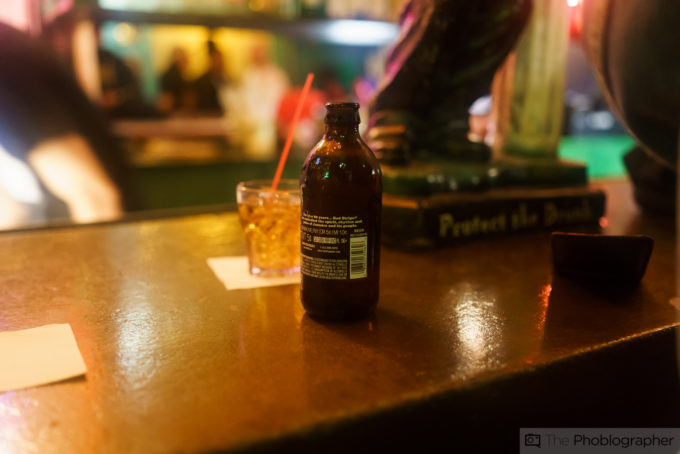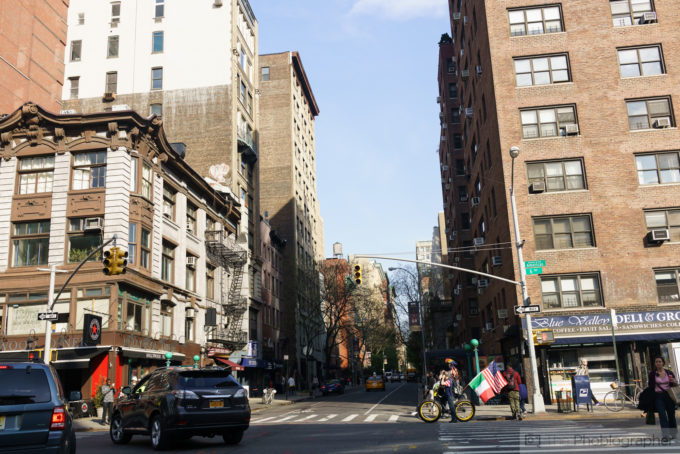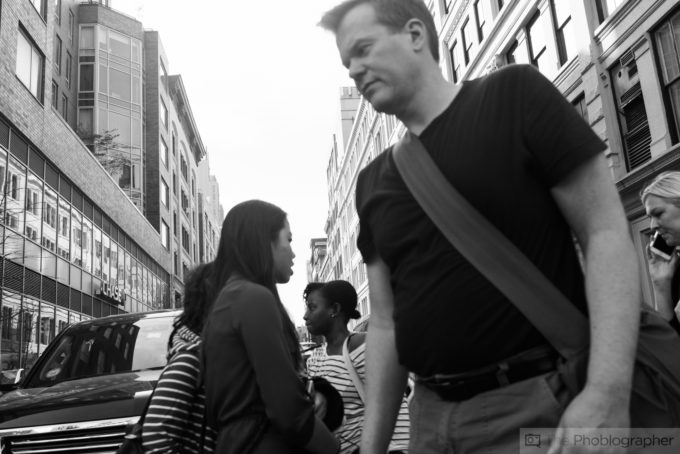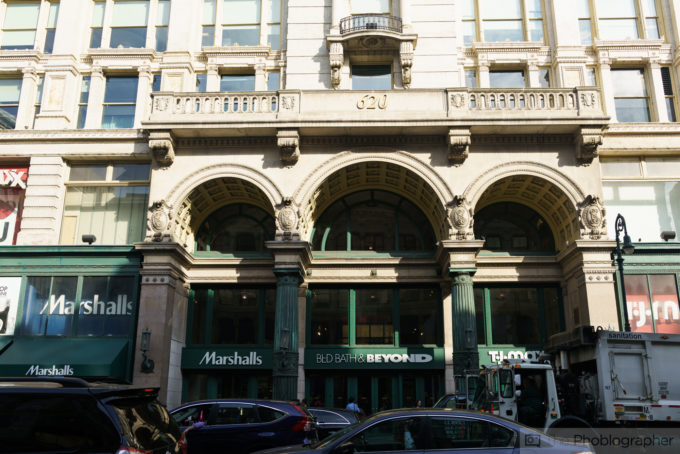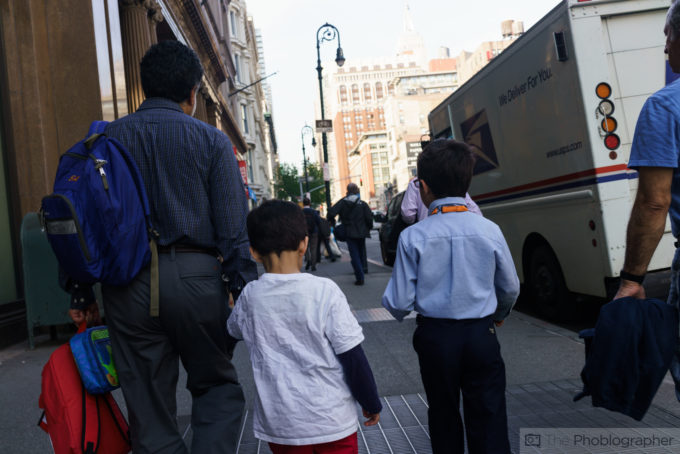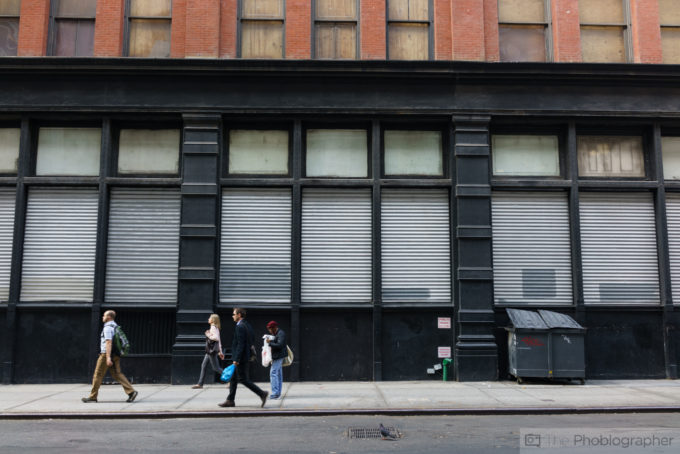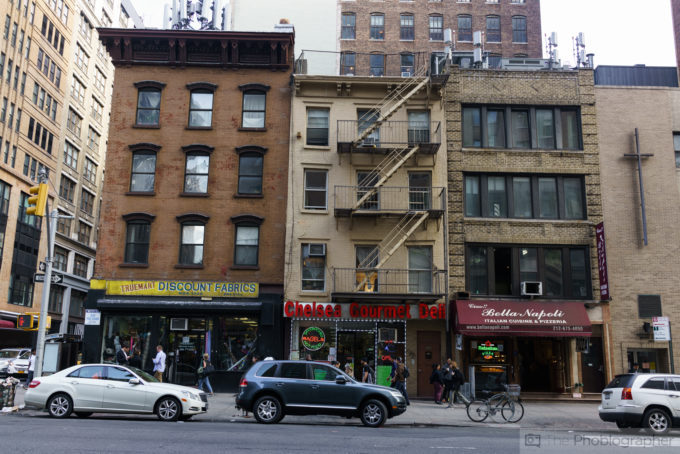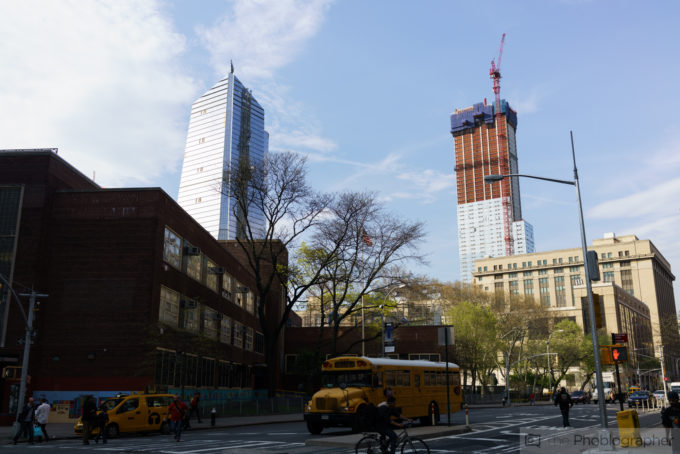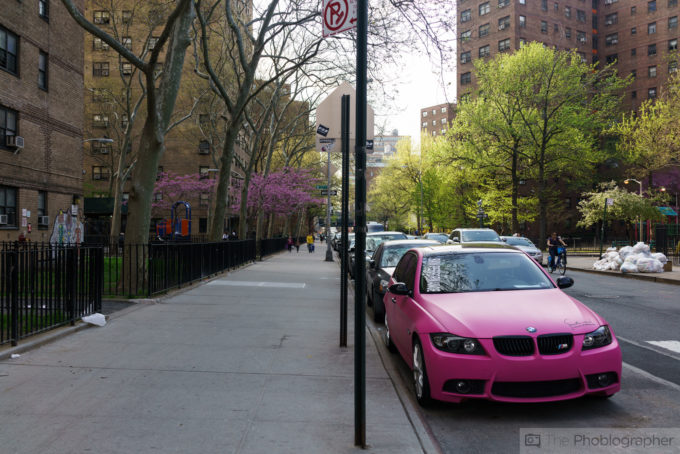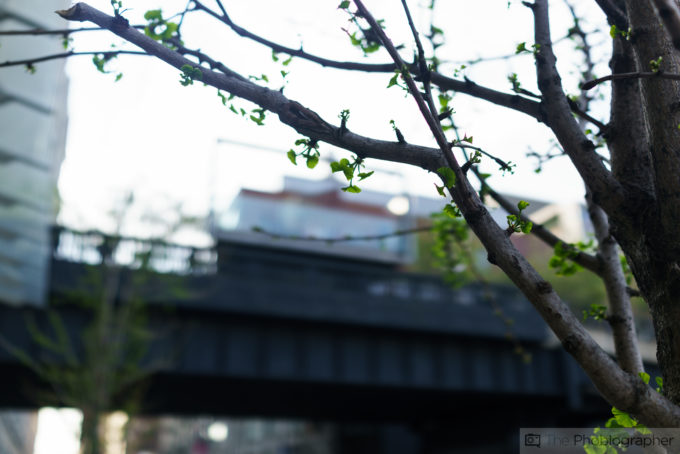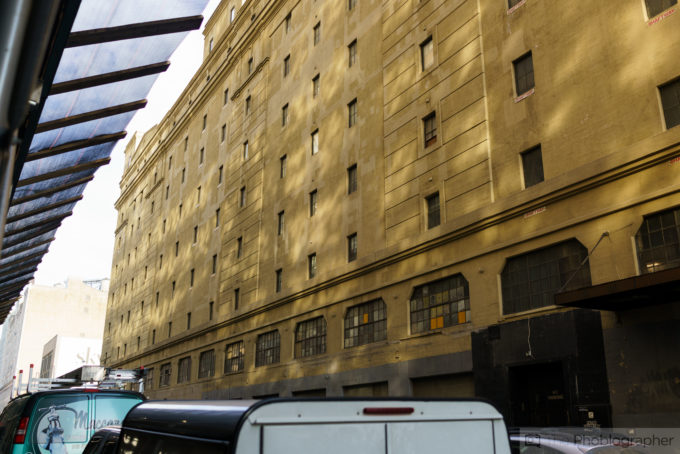Last Updated on 08/23/2019 by Brett Day
“Hey guys, this is Justin, Chris’s Kickstarter campaign manager. I wanted to write and say that if the Phoblographer has ever helped you with your photography, please consider donating to our Kickstarter for La Noir Image–now with both iOS and Android support!. Thank you, guys, you are the best.”
Arguably one of the best point and shoot cameras on the market, the Sony RX1R II is a camera with a full frame 35mm sensor and a 35mm f2 lens affixed to the front. For most photographers, that immediately sounds like a beautiful thing. Then consider the EVF, the fast autofocus, and lots of control on top of a really small size. It sounds even sweeter to most photographers then.
Indeed, the Sony RX1R II is a great camera on paper. In reality, it’s also a great camera. But at the same time, one of the biggest problems that a buyer may have with this camera is its ergonomics in real life use.
Pros and Cons
Pros
- Excellent image quality
- Fast focusing
- Great lens
- Small
- Lightweight
- For most of us, it’s all the camera you’d possibly need
- EVF addition is welcome.
- Fair battery life for a Sony camera
Cons
- Sometimes very hard to hold and shoot when doing street photography
- When used with a radio flash trigger, the EVF can get in the way
Gear Used
The Sony RX1R II was used with the Adorama Flashpoint Zoom Lion flash system.
Tech Specs
Pulled from our first impressions post
- 42MP Full-Frame Exmor R BSI CMOS Sensor
- BIONZ X Image Processor
- Variable Optical Low-Pass Filter
- Zeiss Sonnar T* 35mm f/2 Lens
- Full HD 1080p60 Video & XAVC S Format
- 399 Phase-Detect AF Points & 5 fps Burst
- 0.39″ 2.36M-Dot XGA OLED Tru-Finder EVF
- 3.0″ 1,228.8k-Dot Tilting LCD Monitor
- ISO 102400 & Uncompressed 14-Bit RAW
- Built-In Wi-Fi Connectivity with NFC
Ergonomics
Pulled from our first impressions post
The Sony RX1R Mk II is a camera that not only looks very pretty but also has lots of functionality to it. From the front, you can tell by the looks of it that it’s clearly a flagship compact camera. There is a focusing type switch near the lens, a 35mm f2 Zeiss lens with an aperture ring, focusing ring and a focusing distance switch, and of course, Sony’s logo.
Move around to the top and you’ll find similar settings to an RX100 camera. However, the 35mm f2 lens on this camera is a fixed focal length, so there is no zoom rocker. What you’ll find here is the EVF on the left, the hot shoe in the middle, the mode dial, shutter release that’s threaded, on/off switch, a function button and the exposure compensation dial.
It’s quite standard. Here you can also see that street photographers will really need to rely on autofocusing here since there is no depth of field focusing scale on the lens. However, there is that very nice aperture ring and a smooth focusing ring.
Then there is the back of the camera: here you’ll find the EVF activation switch, the playback button, dials and more buttons for control of the camera. As with many modern cameras, the LCD dominates the back of the camera. This one is 3 inches.
This new LCD screen flips up and down just like the Sony ILC cameras. It’s much more comfortable due to the fact that in real life this makes shooting from different angles much easier to do. In fact, this is a standard feature on cameras now that really should be included when you’re paying over $3k for a camera–and now we finally have it.
The RX1R Mk II is truly for the advanced photographer as is evident by the new EVF. This EVF will pop out from the body and extend automatically for you to view what the camera sees. From there, you can push it back in and the camera won’t automatically shut off if you tell it not to.
While the EVF is out, you can also use the hot shoe–and that can hold a wireless flash trigger of some sort.
Of course, we’re super duper excited to test that out.
Build Quality
Overall this camera is built very well. Essentially, take one of the later RX100 type of camera, stuff a full frame sensor into there and put a fairly large lens on it and you’ve got the camera. Essentially though, it’s a very beautiful camera.
In real life practice though, it’s kind of tough to work with this camera. Holding it isn’t the most comfortable and I really wish that Sony either improved the back thumb grip or actually have this camera a real grip like the A6000 series of cameras. Preferably, I’d like better thumb grip kind of like the Fujifilm X Pro 2.
The other alternative would have been t make the camera larger–which I honestly would be completely okay with it. It’s not like I can stuff it into a jacket pocket anyway.
Autofocus
When it comes to autofocusing, the camera wasn’t able to catch up with the fastest moving subjects on the streets. For what it’s worth, that’s also like the autofocus on some of the older a7 series. You’re best off using it with the zone focusing method in that case. However, that would be a whole lot easier if the lens had a working depth of field scale.
With stagnant subjects though, the camera never missed a shot. To that end, don’t consider it as fast as the Sony a7s II or the Sony a7r II.
Metering
In our standard sunny 16 tests, the Sony RX1r II worked totally in line with this method of metering. To that end, I really recommend using it with the zone focusing method if you’re a street photographer.
Ease of Use
If you’re an experienced Sony shooter, then the RX1r II will be pretty simple and straight forward. For the best results, you’ll want to program the back dial to the ISO, the back top exposure dial to shutter control and the lens aperture set to controlling the aperture.
The menu systems are deep–just like they are for all Sony cameras.
Image Quality
When you look at the image quality from the Sony RX1r II, you’ll be very impressed. For what it’s worth it’s the same sensor in the a7r II–Sony’s top of the line camera out there. The details, the color rendition and everything else will be very incredible. Additionally, the lens is also rather stellar.
High ISO Output
Considering that this sensor is the same in the Sony a7r II, the high ISO output is surprisingly good for a 40+MP camera sensor. I didn’t think that the high ISO output wouldn’t be great at all, but when you use this camera you start to realize that you probably don’t need another one.
To that end, it could be the last camera you buy.
Bokeh
The bokeh from this lens is very good and very creamy. It’s a 35mm f2 Zeiss lens and when shooting close up subjects you’ll get very creamy bokeh. But if you shoot from a bit further away then it’ll be like many other wide angle lenses.
Color Rendition
When it comes to the colors here, you’ll also be rather impressed with the results right out of the camera. My favorite color settings are Deep, Portrait and Vivid. I typically shoot on Deep and you probably will too.
If you’re more of a JPEG shooter looking for a cool black and white rendering, then set it to high contrast.
Color Fringing
In our tests we didn’t find any sort of color fringing that really bothered us. When you zoom in, it’s tough to see as it is. To that end, remember that pictures are meant to be looked at as a whole.
RAW File Versatility
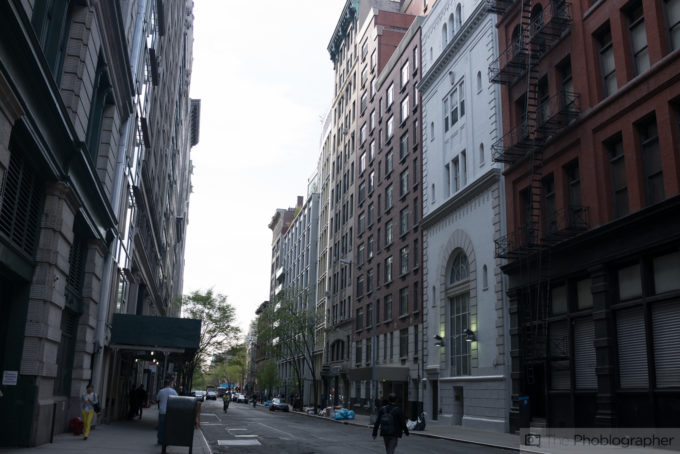
So this is the original image. As it is, it’s pretty bland. However, the Sony a7r II and therefore the Sony Rx1r II will too. You’ll need to massage the files and pay attention to the color profiles and the color sliders, but you’ll get a lot from a single photo providing that you’ve exposures well enough.
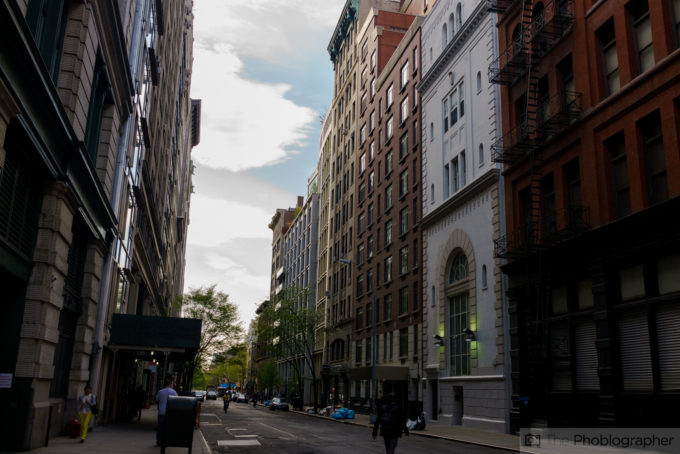
Take a look at how much we got from the shadows, the colors overall and the highlights. It’s quite impressive.
Extra Image Samples
Conclusions
Likes
- Small size
- Nice lens
- EVF is cool
- Leaf shutter is awesome
- Pretty good battery life
Dislikes
- Ergonomics could use a step-up.
- Quite pricy
- The autofocus could use an upgrade
The Sony Rx1r II is a camera that crams a lot into a small package. You’ve got a 35mm f2 lens, a 42MP full frame sensor, a beautiful EVF and WiFi built in. What more do you need? On paper: you need nothing more. In reality, you’ll need a bit better ergonomics. Holding the camera can be tough due to there not being a lot of an area to hold onto. IF you don’t want to use the zone focusing method, then you’re also going to need better autofocus.
And then there is the price. It’s rather expensive; but I have to admit that you’re getting a heck of a camera–but it isn’t perfect just yet. If I had to choose this or the Leica Q, I’d only choose this because of the price point. If both there the same price, the Leica Q would easily be my choice.
The Sony RX1r II receives four out of five stars. Want one? You’ll need to fork over $3,298 to Adorama for one.


